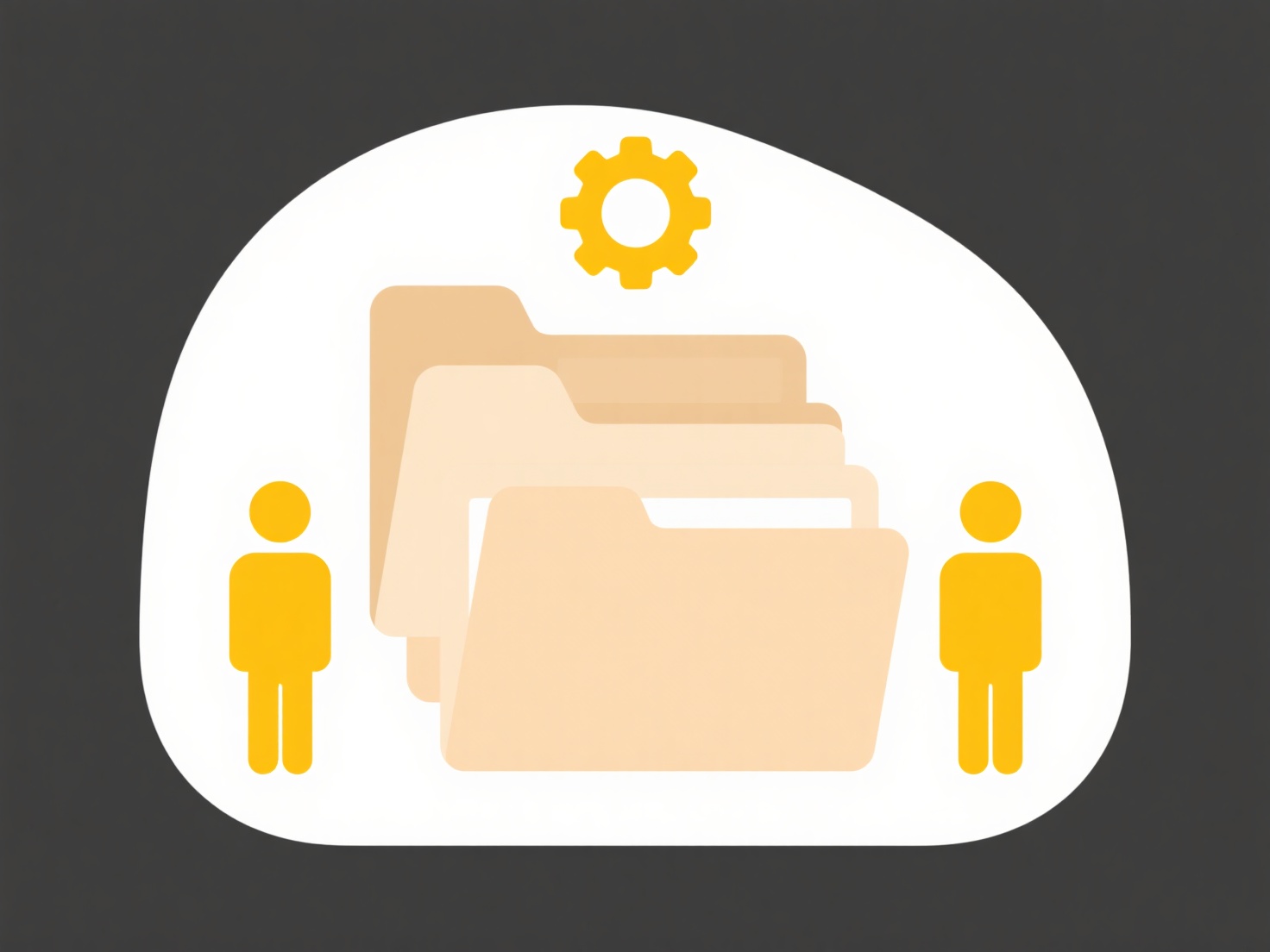
A "copy conflict" occurs when multiple users or systems attempt to modify the same piece of data simultaneously, leading to inconsistencies. It arises specifically in collaborative environments like shared documents or databases where edits aren't automatically merged. This differs from "version conflicts" where distinct file versions clash; copy conflicts involve conflicting changes to the same live content instance during concurrent access.

A common example occurs in cloud-based document editing: if User A deletes a paragraph while User B edits that same paragraph within seconds, the system flags a copy conflict upon saving. Another instance happens in distributed file systems (e.g., Dropbox, SharePoint) when two users offline edit the same local file copy and later sync – conflicting changes to identical sections trigger resolution prompts.
These conflicts disrupt workflow, requiring manual merging decisions. Automated tools resolve simple conflicts but struggle with complex context, risking unintended overwrites. Future improvements focus on smarter predictive merging using operational transformation algorithms. Ensuring clear file ownership policies and communication mitigates conflicts.
What is a “copy conflict”?
A "copy conflict" occurs when multiple users or systems attempt to modify the same piece of data simultaneously, leading to inconsistencies. It arises specifically in collaborative environments like shared documents or databases where edits aren't automatically merged. This differs from "version conflicts" where distinct file versions clash; copy conflicts involve conflicting changes to the same live content instance during concurrent access.

A common example occurs in cloud-based document editing: if User A deletes a paragraph while User B edits that same paragraph within seconds, the system flags a copy conflict upon saving. Another instance happens in distributed file systems (e.g., Dropbox, SharePoint) when two users offline edit the same local file copy and later sync – conflicting changes to identical sections trigger resolution prompts.
These conflicts disrupt workflow, requiring manual merging decisions. Automated tools resolve simple conflicts but struggle with complex context, risking unintended overwrites. Future improvements focus on smarter predictive merging using operational transformation algorithms. Ensuring clear file ownership policies and communication mitigates conflicts.
Quick Article Links
What’s the best way to organize similar or related files?
Organizing similar files effectively relies on two core principles: logical directory hierarchy and consistent naming co...
How do I save in legacy formats on older OS versions?
Saving in legacy formats involves creating files compatible with outdated software or operating systems. Older OS versio...
How do I handle sensitive file segregation?
Sensitive file segregation involves separating critical or confidential data from less important files using distinct ph...